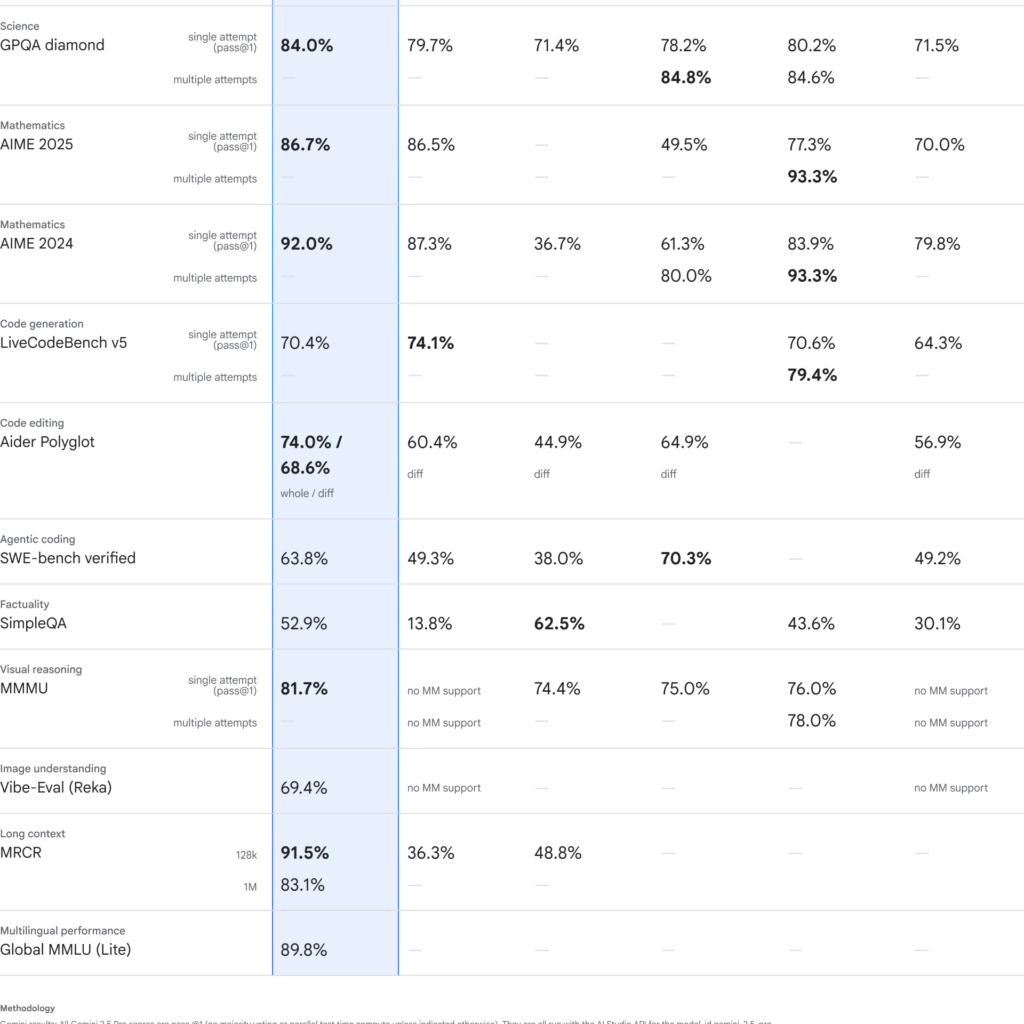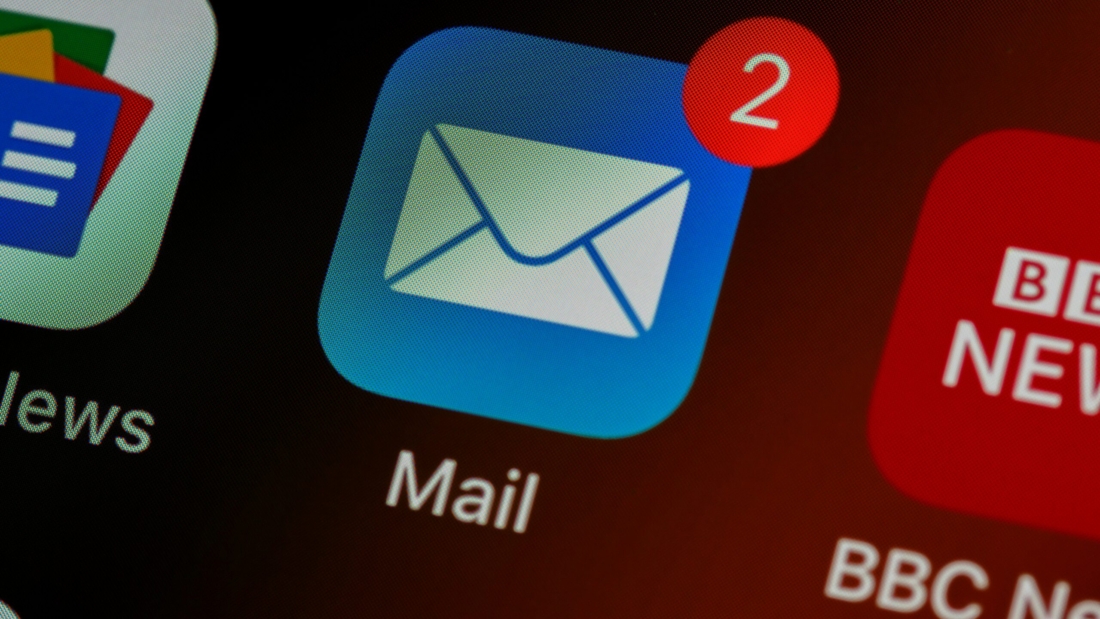Gemini 2.5 is a groundbreaking AI model designed as a thinking model that tackles complex problem solving with advanced reasoning and efficient code generation. As the AI industry continues to evolve, Gemini 2.5, along with its cutting-edge variant, Gemini 2.5 Pro Experimental, is setting new benchmarks in performance, innovation, and usability.

Unleashing the Power of a Thinking Model
Gemini 2.5 isn’t just another AI—it’s a transformative thinking model built to understand, analyze, and solve increasingly intricate problems. Leveraging state-of-the-art deep learning techniques, this model offers:
- Advanced Reasoning: Gemini 2.5 processes and analyzes data with exceptional clarity. It employs deep neural networks to understand context, make predictions, and deliver logical, step-by-step solutions to complex problems.
- Complex Problem Solving: Designed to overcome challenging scenarios, Gemini 2.5 tackles tasks that require multifaceted analysis. Whether you’re working in research, business analytics, or software development, its ability to break down complex issues makes it an indispensable tool.
- Code Generation: One of the most innovative features is its code generation capability. Gemini 2.5 not only understands code but also produces optimized, error-free code, streamlining the development process and accelerating project timelines.
Gemini 2.5 Pro Experimental: Leading the Industry
The Gemini 2.5 Pro Experimental variant is at the forefront of our AI technology. This experimental version has been benchmarked against industry standards and has consistently led common benchmarks by meaningful margins. Here’s why Gemini 2.5 Pro Experimental is a game changer:

- Benchmark-Leading Performance: In tests, Gemini 2.5 Pro Experimental outperforms competitors in reasoning tasks and code generation. Its performance metrics highlight substantial improvements in speed, accuracy, and reliability.
- Enhanced Analytical Capabilities: The Pro Experimental version exhibits strong analytical skills that are crucial for solving real-world problems. This makes it an ideal candidate for applications that demand high precision and context-aware reasoning.
- Innovative Code Capabilities: By integrating advanced algorithms for code synthesis and debugging, Gemini 2.5 Pro Experimental helps developers write clean, efficient code. Its ability to generate and improve code reduces development time and minimizes human error.
Key Features and Advantages
Thinking Model for the Modern Age
Gemini 2.5 is built to think like a human, processing intricate scenarios with high-level reasoning. Its ability to learn and adapt from each interaction means that the more it is used, the better it becomes. This continuous learning process ensures that Gemini 2.5 stays ahead of evolving challenges in various industries.
Comprehensive Complex Problem Solving
In today’s fast-paced technological environment, solving complex problems quickly and accurately is essential. Gemini 2.5’s deep learning foundation allows it to dissect complicated tasks, understand underlying patterns, and offer solutions that are both innovative and practical. From data analysis to strategic decision-making, this AI model is a catalyst for efficiency.
Advanced Reasoning That Drives Innovation
The advanced reasoning capabilities of Gemini 2.5 enable it to provide insights that go beyond surface-level analysis. By interpreting complex data sets, it can uncover hidden trends and patterns, paving the way for breakthrough innovations. This is particularly valuable for businesses that need to make data-driven decisions in real time.
Revolutionary Code Generation
For developers, Gemini 2.5 offers a revolutionary approach to code generation. Its intelligent code synthesis not only speeds up the development process but also improves code quality by reducing bugs and streamlining logic. This leads to faster deployment of software solutions and a significant boost in productivity.
Why Gemini 2.5 is the Future of AI
Gemini 2.5 is more than just a tool—it’s an ecosystem of innovation. It integrates seamlessly into various workflows, offering robust solutions for industries ranging from software development to complex data analytics. Here’s why Gemini 2.5 is poised to redefine the future:
- Scalable and Versatile: Designed with flexibility in mind, Gemini 2.5 scales to meet the needs of both small projects and large enterprise applications.
- User-Centric Design: Its intuitive interface and robust performance make it accessible to users with diverse technical backgrounds, from novice developers to seasoned data scientists.
- Continuous Improvement: With ongoing updates and enhancements, Gemini 2.5 is continually evolving to meet new challenges and capitalize on emerging opportunities in AI research.
Conclusion
Gemini 2.5 is the epitome of modern artificial intelligence—a thinking model that not only excels at complex problem solving through advanced reasoning but also revolutionizes code generation. With the Gemini 2.5 Pro Experimental version leading the way in benchmark performance, this model is set to transform industries and empower users to overcome even the most challenging problems.
Embrace the future of AI with Gemini 2.5, and experience firsthand how intelligent problem solving, advanced reasoning, and innovative code generation can drive your success in today’s dynamic technological landscape.




















